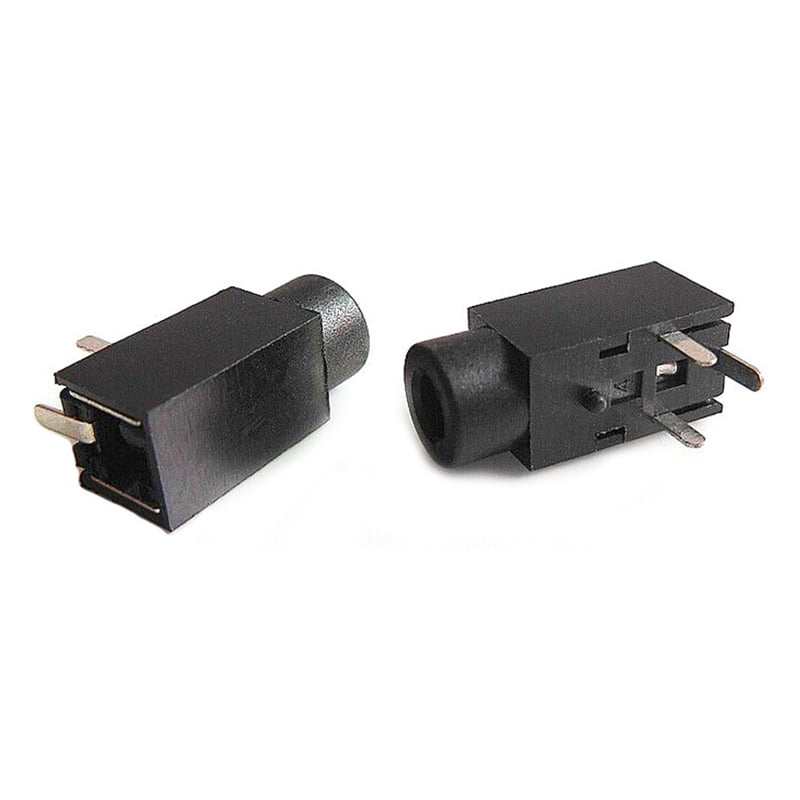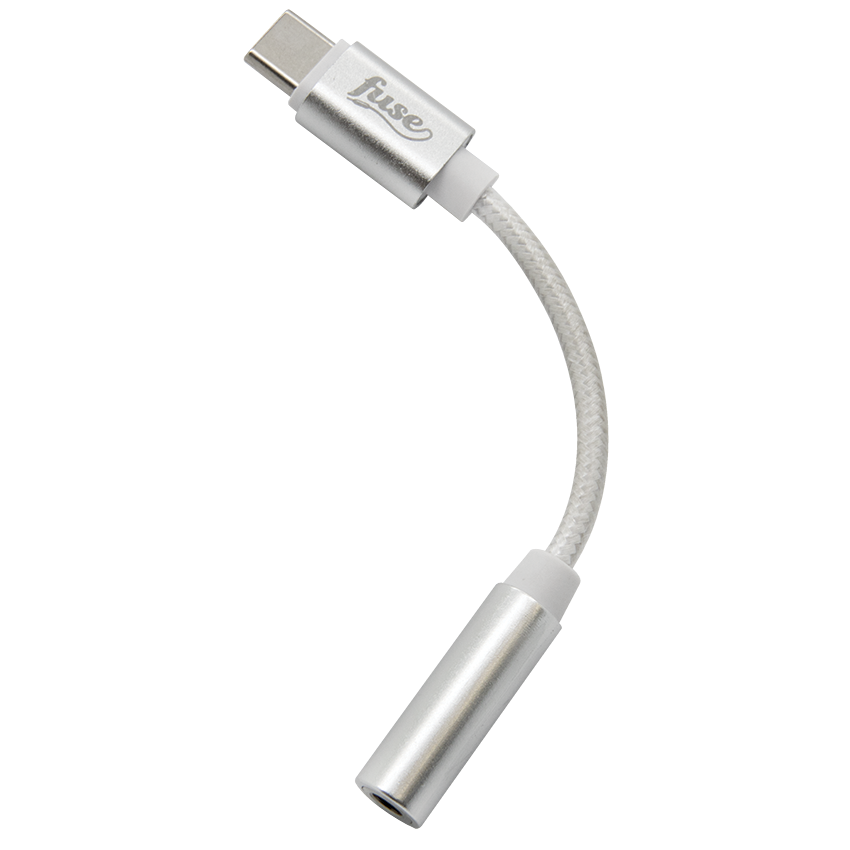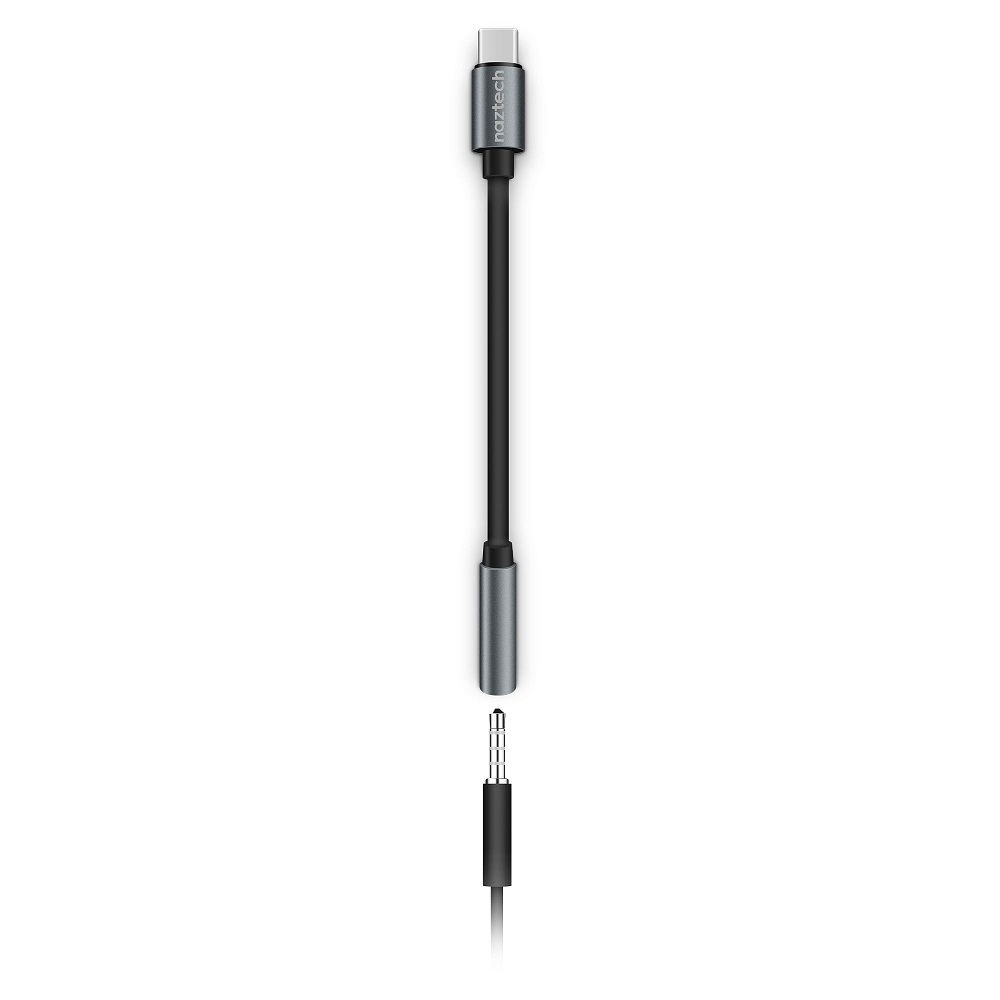In an age where audio clarity and quality matter more than ever, understanding headphone jack size can significantly enhance your listening experience. With numerous devices available on the market, it’s crucial to know which headphone jack size fits your needs and is compatible with your devices. Whether you are a casual listener, an audiophile, or a professional musician, knowing the ins and outs of headphone jacks can help ensure you have an optimal audio experience. This article will guide you through the different headphone jack size, their uses, and how to select the right one for your audio needs.
Understanding Headphone Jack Size
Common Headphone Jack Size
Headphone jacks come in a variety of sizes, each designed for specific purposes. The most common sizes are 3.5 mm, 1/4 inch (6.35 mm), and 2.5 mm. The 3.5 mm jack is by far the most popular, typically found on smartphones, tablets, laptops, and nearly all portable audio devices. This size is often referred to as the AUX jack and is commonly used for headphones, earphones, and portable speakers.
The 1/4 inch jack, or the “standard” jack, is commonly used in professional audio equipment, such as amplifiers, studio headphones, and musical instruments. This size can provide a more stable connection and improved audio quality, making it a popular choice among musicians and audio engineers.
Lastly, the 2.5 mm jack appears less frequently in modern devices but is sometimes found in two-wire headsets or specific telecommunications equipment. Understanding these various sizes is fundamental in selecting the right device and ensuring compatibility with your audio equipment.
Differences Between Jack Sizes
The primary difference between jack sizes is their physical dimensions, which can influence the audio quality and use case. The 3.5 mm jack is compact and designed for portability, while the 1/4 inch jack provides a sturdier connection, making it ideal for stationary equipment. The 2.5 mm jack, while compact, may not deliver the same level of performance as its larger counterparts.
The size of the headphone jack often impacts the robustness of the connection and the amount of power delivered to the headphones. Larger connectors can generally handle higher power levels, reducing the chance of distortion in audio output. This distinction affects how your headphones perform and could dramatically impact your listening experience.

The Role of Adapter Cables
Why Adapter Cables Matter
Adapter cables bridge the gap between different jack sizes, enhancing compatibility among various devices and headphones. If you own headphones with a 3.5 mm connector but want to use them with a professional audio mixer that has a 1/4 inch input, an adapter cable becomes essential. These small, often affordable cables make it easy to connect devices without needing to purchase new headphones.
Consider that some devices, like newer smartphones and laptops, may no longer feature a standard headphone jack. In such cases, you might need a dongle or adapter to use traditional headphones. Selecting the right adapter is crucial for maintaining audio quality and ensuring a seamless connection, as using a poorly designed adapter can lead to reduced sound quality or connectivity issues.
Types of Adapter Cables
Several types of adapter cables serve various purposes. The most common types convert a 3.5 mm jack to a 1/4 inch jack or vice versa. For example, a 3.5 mm to 1/4 inch adapter allows you to connect your portable headphones to a professional mixer or guitar amplifier with a larger socket.
You may also find 2.5 mm to 3.5 mm adapters for specific applications, particularly in telecommunication headphones or certain audio devices. If you plan to use an adapter, be sure to choose one from a reputable brand to maintain sound quality.
Choosing the Right Headphones
Factors to Consider
When selecting headphones, consider compatibility with your devices. If you primarily use a smartphone with a 3.5 mm audio jack, investing in high-quality 3.5 mm headphones makes sense. On the other hand, if you frequently work with professional audio equipment, you may want to look into headphones with a 1/4 inch connector or those that include an adapter for versatility.
Comfort and sound quality should also factor significantly into your decision. Different styles and materials affect how a headphone feels after prolonged use. High-quality drivers and noise isolation features can significantly enhance sound quality, allowing you to enjoy a richer audio experience.
Types of Headphones for Different Uses
There are several types of headphones suitable for different purposes:
- Over-Ear Headphones: These headphones encompass the entire ear, providing excellent sound quality and noise isolation. They’re ideal for audiophiles and music producers who prioritize audio clarity.
- On-Ear Headphones: Smaller than over-ear designs, these rest on the ears and are more portable. They can be excellent for casual listening and light travel.
- In-Ear Monitors (IEMs): Often used by musicians, IEMs fit snugly in the ear canal for optimal sound isolation and audio fidelity. They typically come with a variety of ear tip sizes for personalized comfort.
- Wireless Headphones: With Bluetooth technology, wireless headphones eliminate the need for headphone jacks altogether. When choosing these, ensure they come with appropriate adapters for wired connections, if necessary.

Maintaining Optimal Sound Quality
Importance of Quality Connectors
Investing in high-quality headphone connectors, including cables and adapters, plays a significant role in maintaining audio quality. Cheaper connectors can introduce unwanted noise and distortion, undermining the performance of even the best headphones. When shopping for adapters, prioritize reputable brands known for their craftsmanship.
Using well-made cables guarantees a reliable connection, reducing the chances of signal loss and ensuring a cleaner audio signal. If you find yourself continually adjusting volume or struggling with intermittent audio, it may be time to evaluate the quality of your cables and connectors.
Ensuring Proper Connection
Ensuring a snug connection between your headphones and the jack is essential to achieving the best sound quality. Loose connections can lead to audio dropouts, left/right imbalances, or distortion. When plugging in your headphones, make sure they sit flush against the socket without any wobble.
Regularly inspect your cords and connectors for wear or damage. Frayed cables can lead to connectivity issues, while damaged plugs can compromise the connection with audio devices. Replacing these when needed ensures a consistently high-quality listening experience.
Troubleshooting Common Headphone Jack Issues
Identifying Poor Sound Quality
If you experience any audio problems, such as distorted sound or sudden dropouts, begin by isolating the issue. The problem could arise from the headphone jack itself, the adapter, or the headphones. Start by plugging your headphones into a different device. If they work perfectly elsewhere, there may be an issue with your original device’s headphone jack.
If you’re using an adapter, test your headphones with and without it. A damaged or low-quality adapter can introduce unnecessary audio problems. Once you identify the problematic component, you can take appropriate action to resolve the issue.
Addressing Socket Issues
Sometimes, issues arise from dirt or debris within the headphone jack itself. Dust accumulation can prevent a proper connection, leading to intermittent sound loss. To clean the jack, you can use compressed air to blow out any debris gently. Alternatively, use a small cotton swab with a little rubbing alcohol to clean the interior, but avoid any excessive moisture.
If cleaning does not resolve the problem, consider that the headphone jack may be physically damaged. Consult a professional for further repairs or consider replacing the device.

The Future of Headphone Jacks
Trends in Audio Technology
As technology advances, many manufacturers are beginning to phase out traditional headphone jacks in favor of wireless audio solutions. This trend is particularly evident in smartphones, where many models no longer include a 3.5 mm jack. Wireless headphones, which utilize Bluetooth or other wireless technologies, have gained significant popularity as a result.
The move towards wireless audio offers undeniable freedom, allowing users to enjoy their music without tangled cords. That said, wired connections still provide superior audio quality and latency advantages, which is crucial for musicians and audio professionals.
Adapting to Change
As the landscape of audio technology evolves, it’s important to adapt to these changes. Paying attention to trends within the music and audio industries will help you stay prepared as headphone jacks become less common. Consider investing in high-quality wireless headphones alongside your wired solutions to ensure versatility for both home listening and on-the-go enjoyment.
In future scenarios, having a hybrid approach—using both wireless headphones and wired connections through quality adapters—can offer you the best balance of convenience and audio fidelity.
Conclusion
Navigating headphone jack size and understanding their impact on your audio experience is essential for both casual listeners and audiophiles alike. The variety of jack sizes, the role of adapters, and the importance of device compatibility contribute to the overall quality of sound you experience.
Choosing the right type of headphones, ensuring quality connections, and maintaining your equipment will pave the way for a more enjoyable audio experience. As technology continues to shift, adapting to changes while prioritizing your listening preferences ensures you can enjoy music, podcasts, and games as they were meant to be experienced. Embrace the world of audio technology, and you’ll find yourself rewarded with richer, more vibrant sounds that enhance your everyday life.
